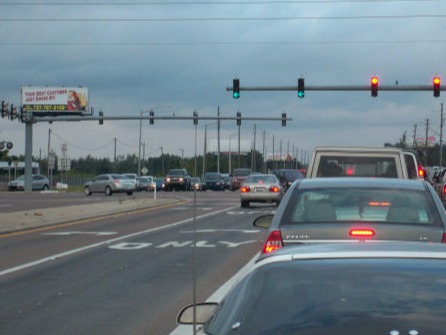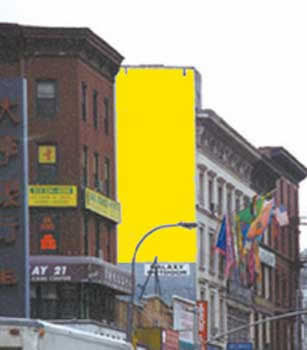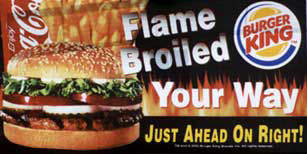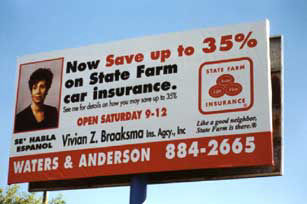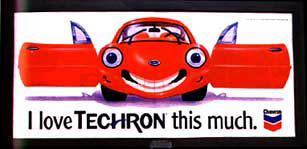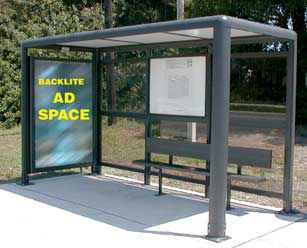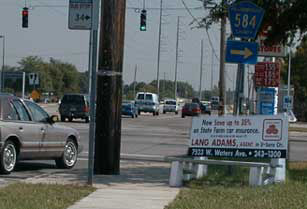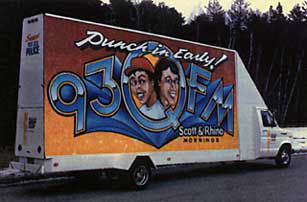
PERMANENT DISPLAY – These are locations that are fixed to a particular site for either, three, six or a twelve-month period. The shorter the duration the more expensive, since the cost of production and installation have to be either recovered by the vendor or paid in advance by the advertiser. These locations are used as either directional or awareness signs, in order to target a select audience, who are driving past the location daily.

